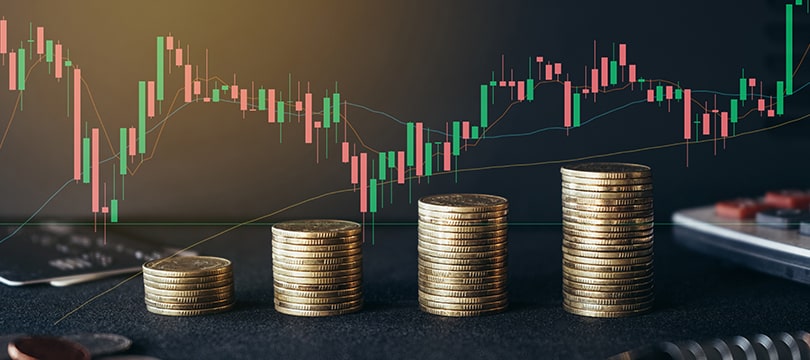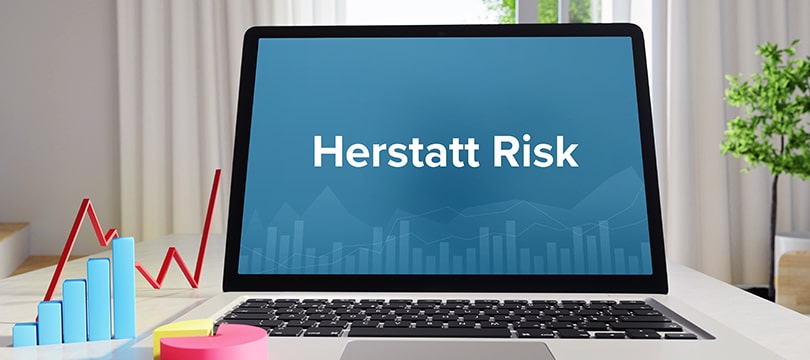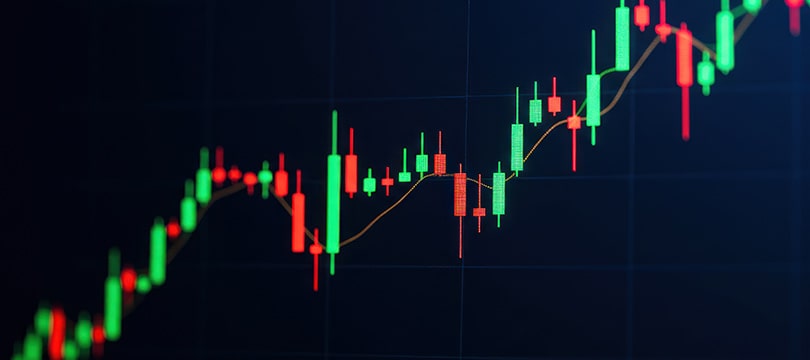Financial leverage is a formidable tool for traders but also very dangerous. Its risks are many, and the flip side is very heavy. However, there is a strategy capable of mitigating the former and alleviating the latter: dynamic management of financial leverage. We'll discuss it here.
What is financial leverage
First of all, a recap on financial leverage.
Financial leverage is a tool that allows you to control a larger position than the capital actually invested. It is essentially a multiplier: thanks to it, a trader can obtain market exposures even 10, 50, or 100 times greater than their available capital. It is widely used in forex, CFDs, and other derivative instruments.
As can be seen from this simple definition, leverage is characterized by some advantages.
The main advantage is the possibility of obtaining significant profits from a small capital. In a market that moves in the expected direction, even a small variation can generate an interesting return. This makes leverage particularly attractive for retail traders who want to increase the profitability of their operations without having to have large sums.
Another point in favor is the possibility of diversifying: by using leverage, it is possible to open multiple positions simultaneously, allocating capital to different assets. In theory, this allows for reducing specific risk, although in practice it requires rigorous control.
The flip side is that, while it is true that gains are amplified, the same happens with losses. An unfavorable market oscillation can quickly erode the available margin, leading to the automatic closure of positions by the broker and a catastrophic loss of capital.
The technical and psychological risks of financial leverage
It is therefore worth exploring the risks of financial leverage in depth. Risks that are both technical and psychological.
From a technical point of view, leverage implies the obligation to maintain a certain margin with the broker. If the market moves against the position, the margin decreases and a margin call may occur, i.e., a request from the broker to deposit additional funds to keep the position open. In the absence of a timely response, the broker can automatically close positions, crystallizing losses.
Another technical risk is represented by volatility. The higher the leverage, the more sensitive the position is to even minimal price movements. This can lead to overly tight stop losses and, consequently, a high frequency of positions closed at a loss.
On the emotional level, financial leverage accentuates the intensity of the trader's reactions. Each market variation translates into greater profits or losses, with a direct impact on stress. This can lead to a loss of lucidity and therefore to ineffective and/or harmful actions. The examples are countless.
-
Overtrading, i.e., opening too many positions in an often vain attempt to recover previous losses.
-
Averaging down, i.e., inserting capital into losing positions hoping for a recovery.
-
Continuous manipulation of stop losses: i.e., the continuous resetting of the stop to "give breathing room" to the position, which leads to suffering greater losses.
Leverage management, therefore, is not just a matter of technique, but also of emotional control. This is where dynamic management comes into play.
Dynamic management of financial leverage
Dynamic management of financial leverage is an adaptive approach that involves modulating leverage based on market conditions, the type of operation, and one's own tolerable risk level. In other words, the same level of leverage is not always used, but it is calibrated from time to time.
This method allows you to:
-
Limit losses in situations of high volatility or low probability of success.
-
Gradually increase exposure when in a favorable phase, exploiting trends with more confidence.
-
Adapt to the emotional state of the trader: in moments of stress or insecurity, leverage is reduced; in moments of lucidity and coherence, greater exposure can be considered.
-
Compensate for the disadvantages of fixed leverage, maintaining control and reducing the impact of errors.
How to practice dynamic management of financial leverage
Dynamic management requires discipline and a defined plan. Here are the fundamental steps:
-
Define a maximum and minimum leverage range. For example, you can establish never to go below a 1:2 leverage ratio and not to exceed 1:10. It will be precisely within this interval that operations will be modulated.
-
Analyze market volatility.Tools such as the ATR (Average True Range) or VIX can help assess technical risk. It goes without saying that in the presence of high volatility, leverage should be reduced.
-
Evaluate the quality of the setup.A high probability setup, confirmed by multiple indicators or signals, can justify greater exposure. Conversely, in uncertain situations, it is prudent to keep leverage to a minimum.
-
Consider the correlation between assets. If multiple positions are opened on correlated instruments (e.g., EUR/USD and GBP/USD), the overall leverage effect increases. In these cases, one must compensate by reducing the leverage for each position.
-
Adapt to the personal psychological curve.After a series of losses or a particularly stressful phase, it is advisable to drastically reduce leverage or even operate without leverage until emotional lucidity is recovered.
A practical example of dynamic management of financial leverage
A practical example will help clarify the functioning of dynamic management of financial leverage.
Let's suppose a trader operates on the EUR/USD exchange rate with a capital of 10,000 euros. He has established that his maximum leverage will be 1:10, but he usually prefers to operate between 1:3 and 1:5. Analyzing the market, he identifies an interesting setup, but at the same time notes strong volatility due to an upcoming macroeconomic event.
In this case, he applies a prudent leverage of 1:2, investing 20,000 virtual euros. After the news release, the market confirms his analysis and stabilizes. At this point, the trader increases the leverage to 1:4, increasing the position in a favorable trend.
After reaching a 3% profit on capital, he decides to protect himself: he reduces the leverage to 1:1 to protect the gain and lets the position run with a stop at breakeven.
This approach summarizes the best of dynamic management, as it allows you to contain risk in critical moments, expand profits in favorable moments, and, above all, reduce the emotional stress linked to sudden market oscillations.




